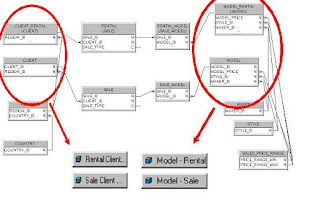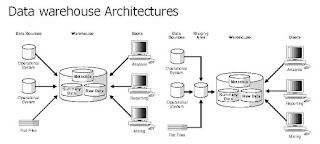Business Objects Reloads Mid-Market Product Line
7/23/2008
By Stephen Swoyer
With new releases of two of its signal SME offerings on tap this week, Business Objects -- now an SAP AG company -- hopes to build on its success in the small to mid-size company market. The rules of the mid-market game are changing, but one thing hasn't changed: SME customers -- much like their larger enterprise brethren -- are still wild about reporting. It's the bedrock of BI, after all.
That's why Business Objects -- which spent more than $800 million five years ago to acquire one of the best-known reporting brands on the market -- thinks it has an ace up its sleeve. With the release this week of revamped versions of its Crystal Reports Server and Business Objects Edge products, officials are pulling out all of the stops to burnish the company's mid-market credentials.
Prior to SAP's acquisition, Business Objects fired off several successful mid-market offerings. It released Crystal Reports Server (a version of Crystal Reports that was packaged, tweaked, and configured for SMEs), Business Objects Edge bundle (a mid-market-ready version of its Business Objects enterprise software stack), and launched several initiatives (including its Business Objects Rapid Marts -- basically, out-of-the-box data marts that provide turnkey integration with popular data sources such as SAP). James Thomas, vice-president of business intelligence tools -- and long-time Crystal Reports point-person -- with Business Objects, claims that his company knows SME customers: seven-eighths of its customer base is technically part of the mid-market....... more look at ... Click right click new window










